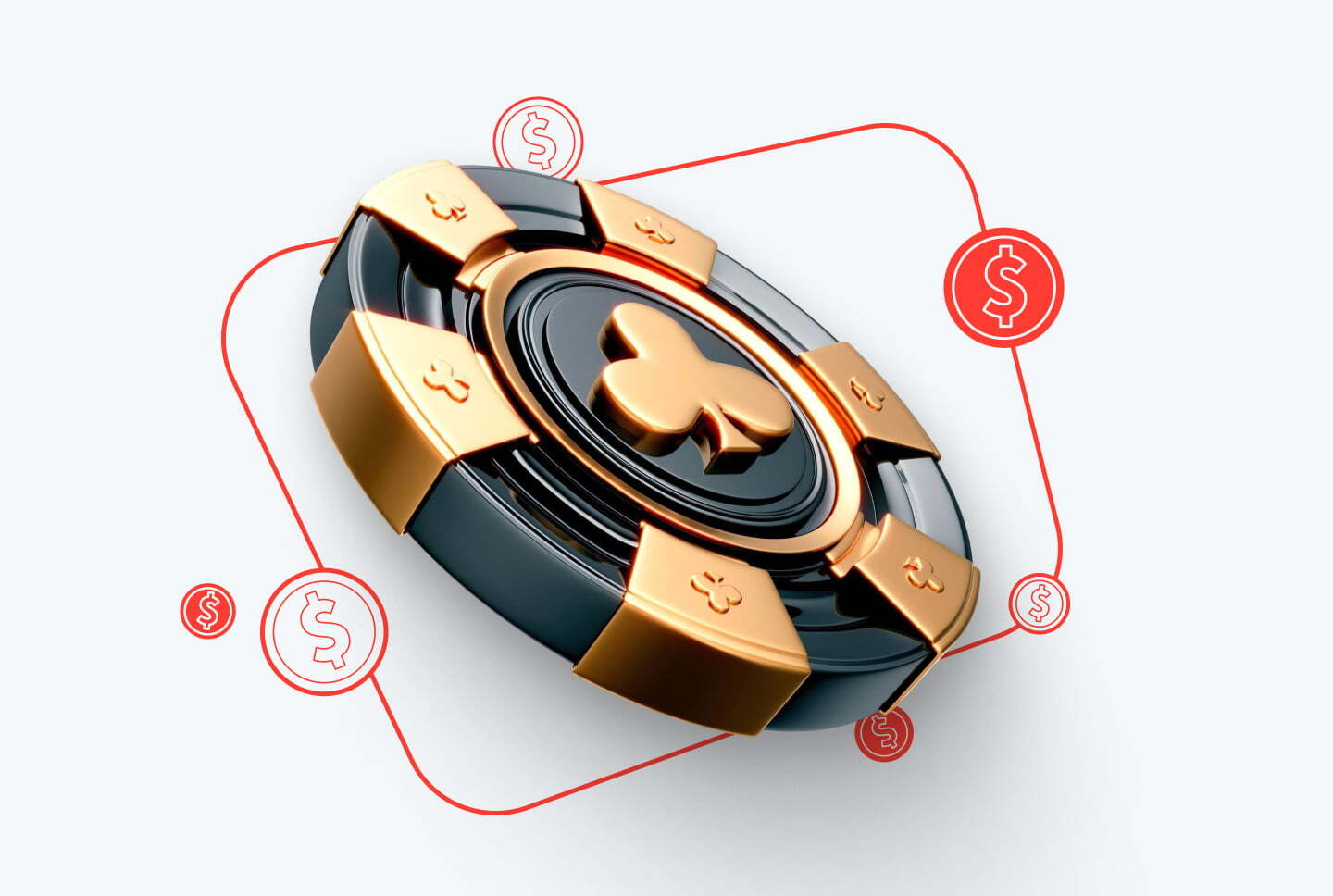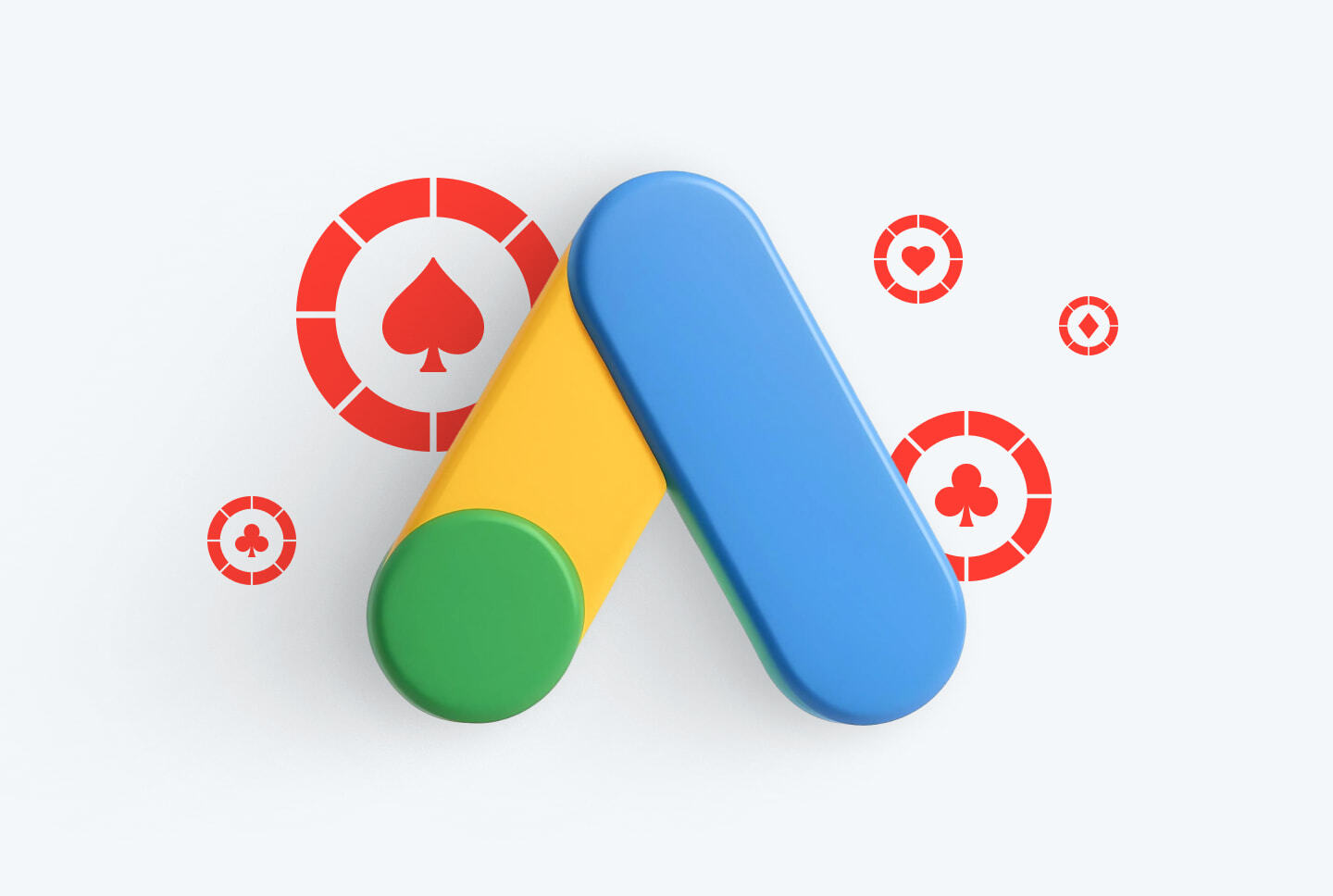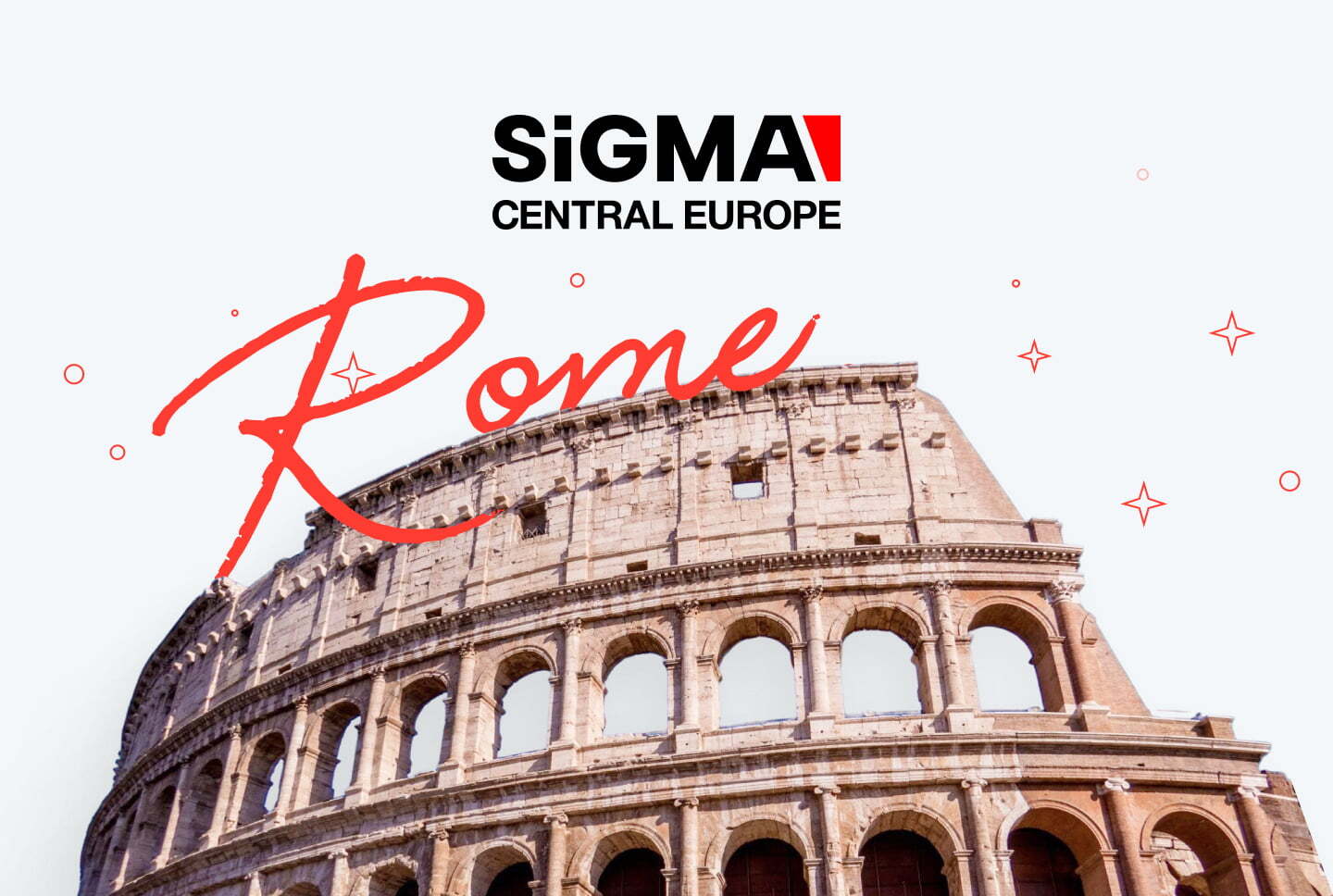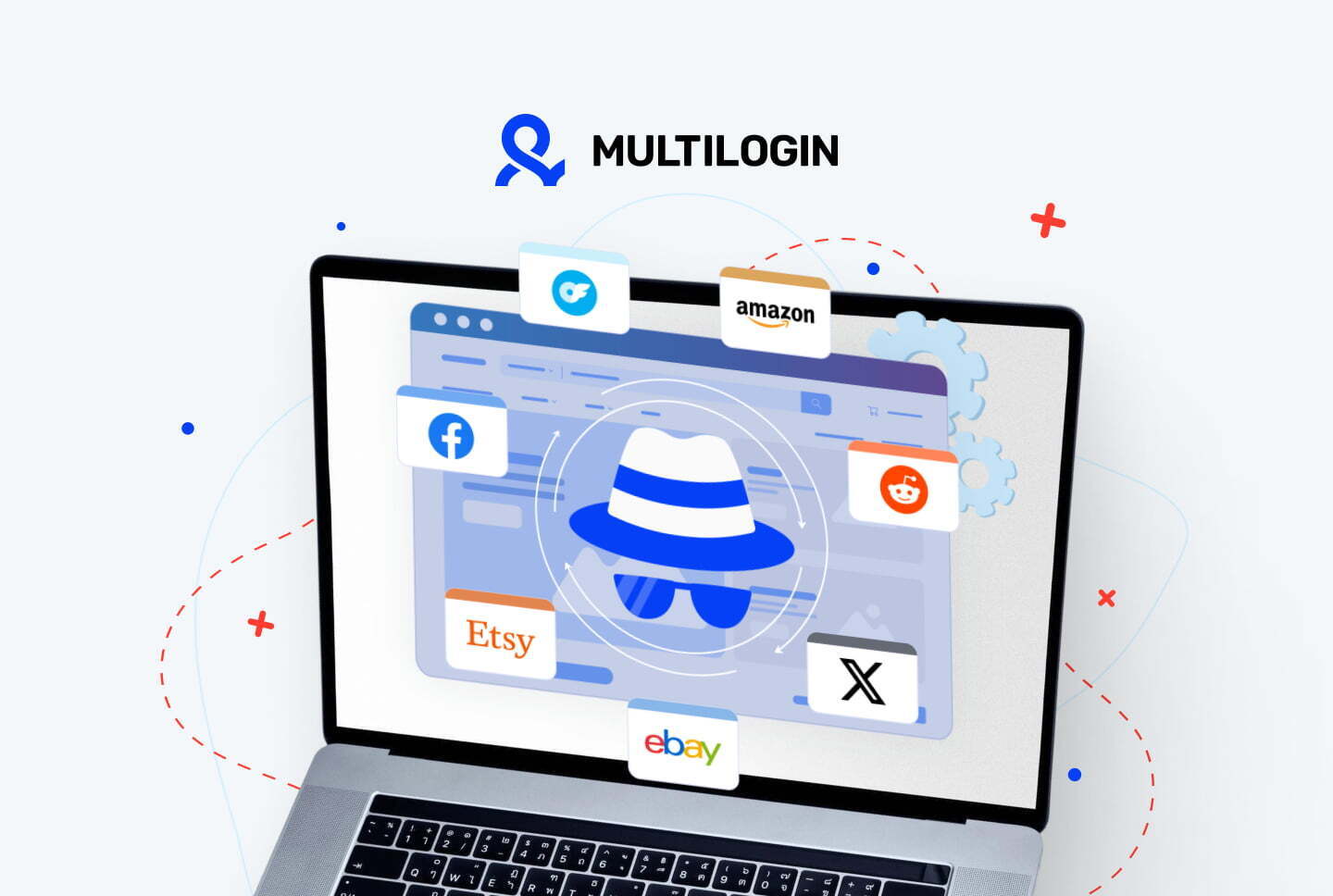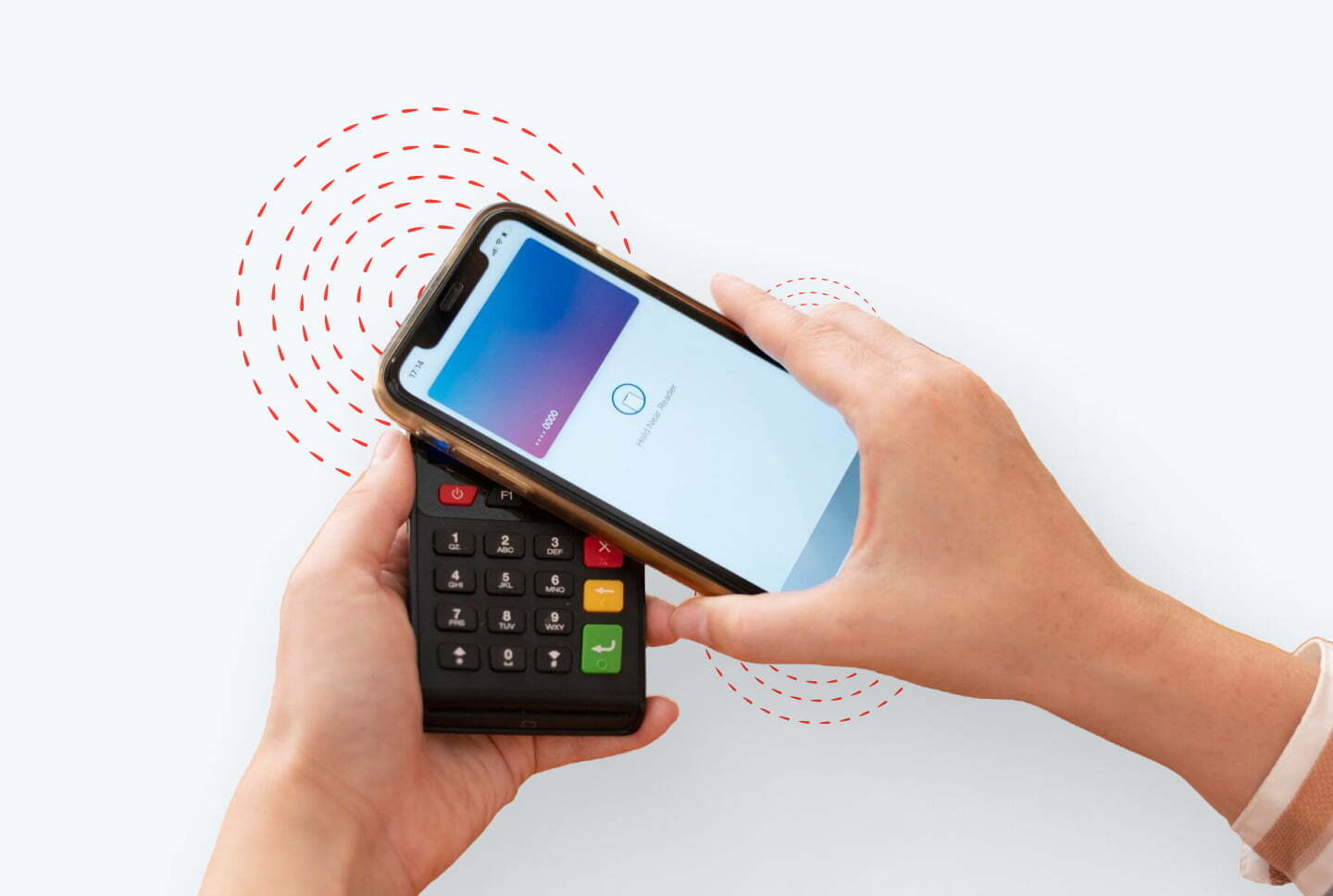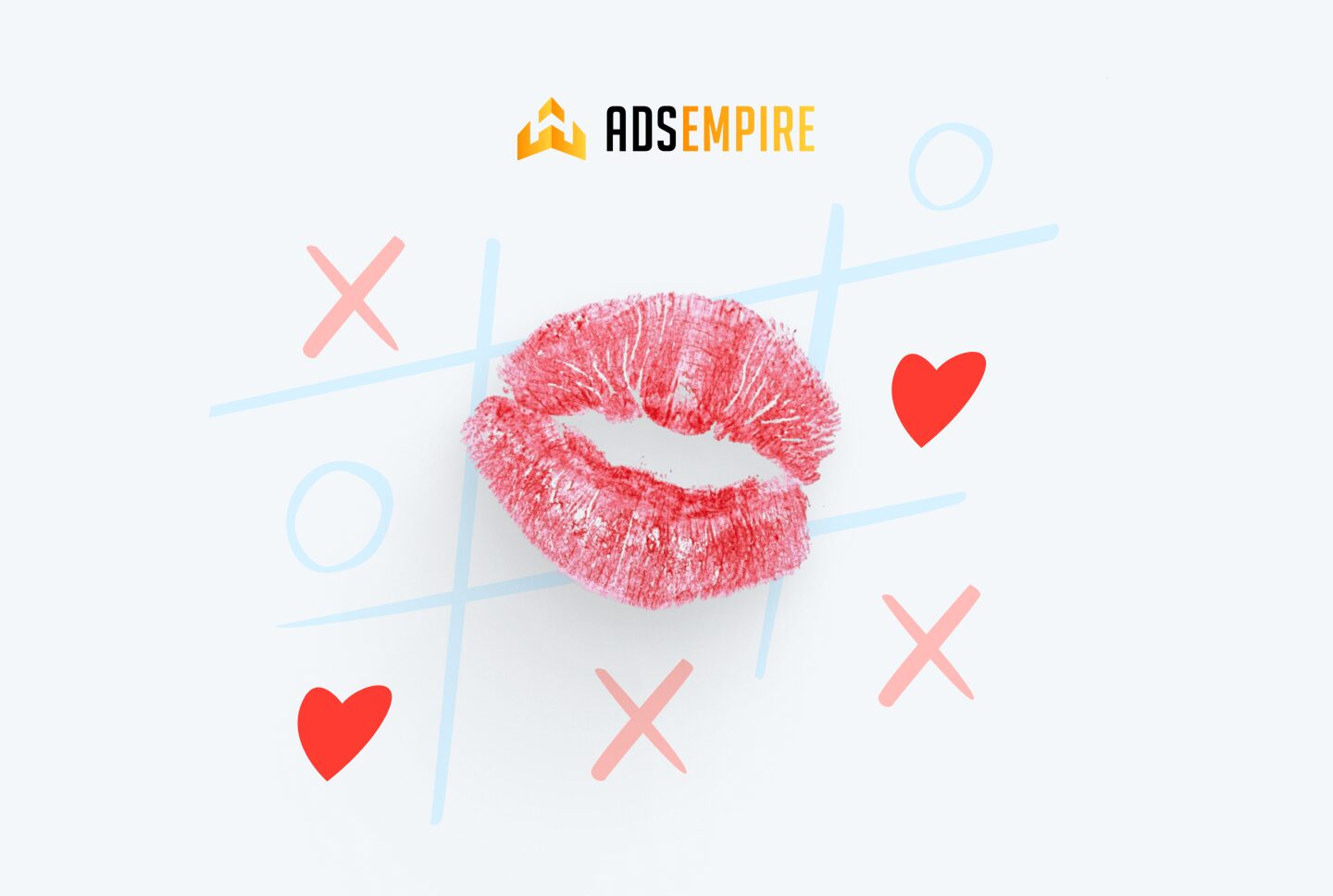CPM or Cost per Mille meaning
CPM or Cost per Mille is a pricing model in online marketing advertising. The word Mille (also used as Mile) comes from Latin and means the same as 1000 impressions.
CPM (Cost per Mille) meaning implies that you pay for every 1000 impressions of your ads. In this case, you don’t have to pay for clicks on the ads.
Let’s have a look at the Cost per Mille payment model from both sides:
- affiliate marketers without their own traffic (publishers),
- and those who have to buy it from ad networks.

CPM model from publisher’s side
In simple terms, CPM or Cost per Mille or Cost per Thousand means that you get paid for every 1000 times an ad is displayed. The actual amount you earn depends largely on your website’s niche (as most CPM ads are content-based) and your viewers’ location.
Generally speaking, most advertisers will offer somewhere between $0.20 and $50 per CPM depending on what country the traffic comes from and other factors such as CTR (Click Through Rate) of the ads being delivered by publishers’ websites.
Advantages of CPM pricing model
This conversion flow works best with content sites — blogs, forums, and similar types of content sites are usually preferred since it’s relatively easy to run banner campaigns for them.
The good thing about this flow is that you can earn money even if visitors don’t click on the ads. You just need to get your site’s traffic up high enough, and it won’t be long before advertisers start coming in!
Another benefit of using CPM for earning affiliate commissions is that there are usually no minimum payouts required by most companies or networks (though some do ask for a very minimal payment).
Disadvantages of CPM pricing model
That said, running banner campaigns isn’t without its challenges; poor page load time can result in users clicking away from the website, which means missed revenue. Also, people who use ad blockers may end up skipping over any banners forcibly hidden on your website, resulting in wasted impressions.
Should a publisher choose the CPM earning model?
If your website’s traffic is relatively good and you’re looking for a simple way to monetize it, then CPM wouldn’t be a bad choice. A good strategy would be to split-test CPC and CPM offers to see which delivers more revenue.
CPM model from affiliate marketer’s side
For affiliates, the CPM payment model is less predictable than CPC. You can show your ad 1000 times, and no one who sees it will be interested.
The thing is that such a model does not guarantee that the user will convert. This means that after 1000 impressions, there may be 50 purchases or none.
For a CPM model, understanding your audience and the ability to target it as accurately as possible play an important role. Not all ad formats available today allow this. By choosing the right audience, you reduce the risk of wasting your budget for empty impressions.
Advantages of CPM payment model for publishers
The Cost per Mille model is reasonable in several cases. For example, when you run campaigns on pops. The oldest ad format is sold only by CPM. Pops are one of the ways to try your hand at affiliate marketing. The budget for early mistakes will be much less than on Facebook because the cost of these ads is pretty low — at RichAds advertising network, CPM starts from $0,3 in Tier 3.
CPM campaigns are great for brand promotion: the more you are seen and remembered, the more benefits you will get in the future. This strategy works great when the goal is to introduce rather than sell.
Remember, in the right hands, the CPM model sells well too. Have a look at the case here.
Disadvantages of CPM payment model for publishers
The thing is that such a model does not guarantee that the user will convert. This means that after 1000 impressions, there may be 50 purchases or none.
To avoid this, work out creatives and landing pages as effectively as possible, make them understandable at first glance.
CPM is chosen by the marketers who are confident in a high CTR of their ads: using the CPM model, they can lower the cost per click in comparison with the CPC model.
Also, for a CPM model, understanding your audience and the ability to target it as accurately as possible play an important role. Not all ad formats available today allow this. By choosing the right audience, you reduce the risk of wasting your budget for empty impressions.
It is possible and necessary to collect personal blacklists (sources that do not bring conversions) in ad networks to immediately exclude sources within the network that show poor results.
RichAds experts
Launch profitable ad campaigns with RichAds!
What is RichAds?
Ad network for telegram ads,
high quality push and popunder ads,
domain redirect, native and display traffic source,
buy push ads at $0.005 (CPC), pop ads at $0.5 (CPM),
domain ads costs start from $1.5 (CPM), native ads — from $0.001 (CPC),
ad network offers large volumes of traffic in more than 200 geos from Tier 3 to Tier 1.
Related articles:
- CPC or CPM: Which Pricing Model to Choose?
- CPC, CPM, CPL, CPA, or CPI: What Should You Choose?
- Monetization guide: How to earn money with push notifications?
- How to monetize your website in 2025
- 6 Top Books About Affiliate Marketing
- How to Profit from Pops using SmartLinks
- PRO Tips to Increase Your Chances with Pop ads
- Top 12 best affiliate marketing networks in 2025
- Top 20+ affiliate marketing programs in 2025
- 15 Best Gambling CPA networks in 2025
- Top 21 ad networks for affiliates














